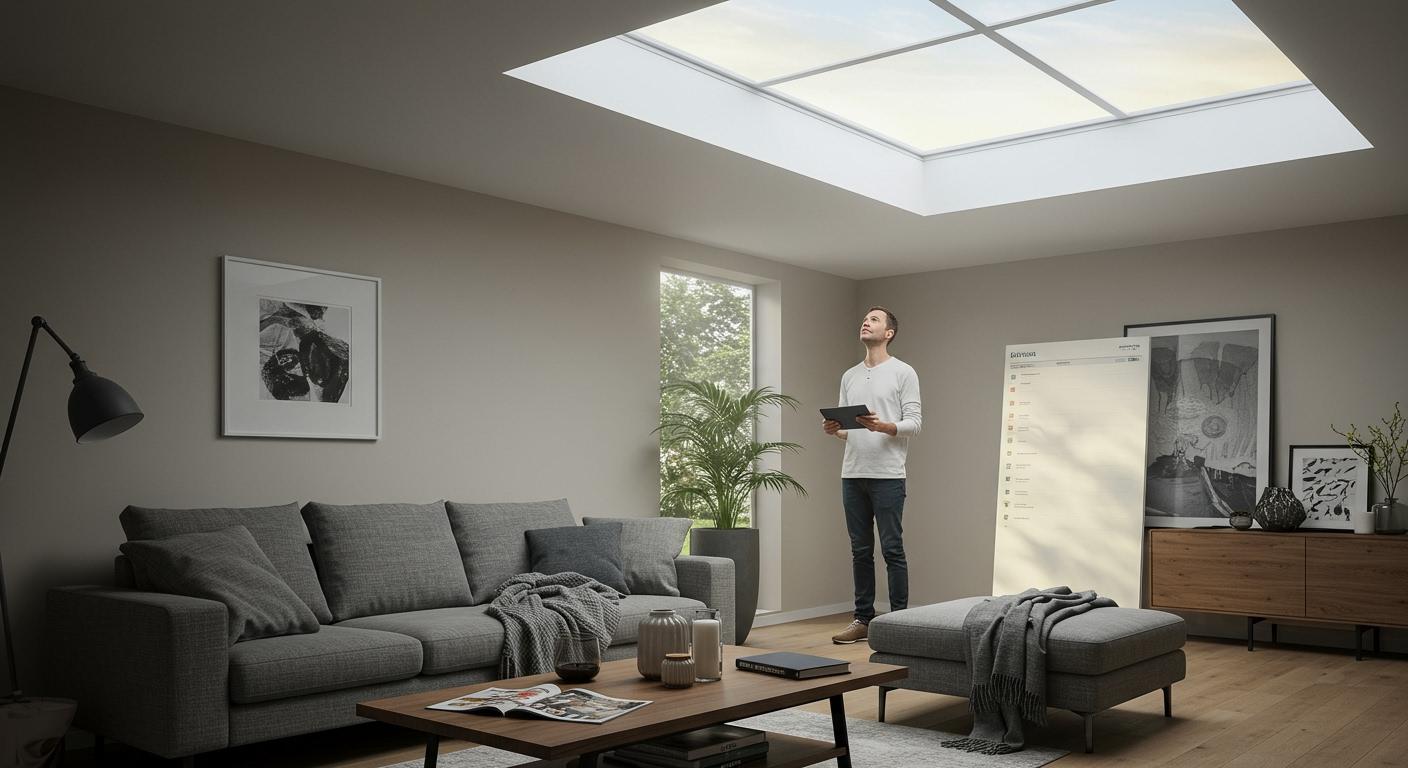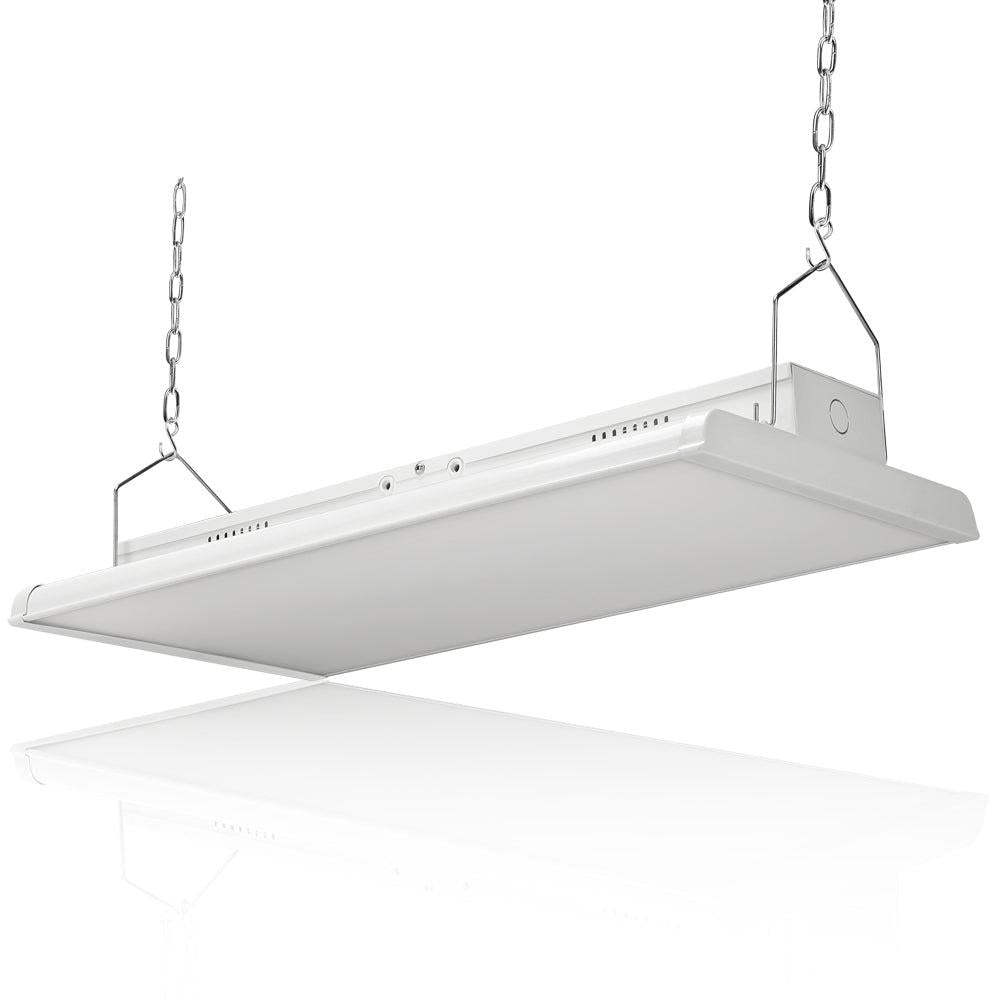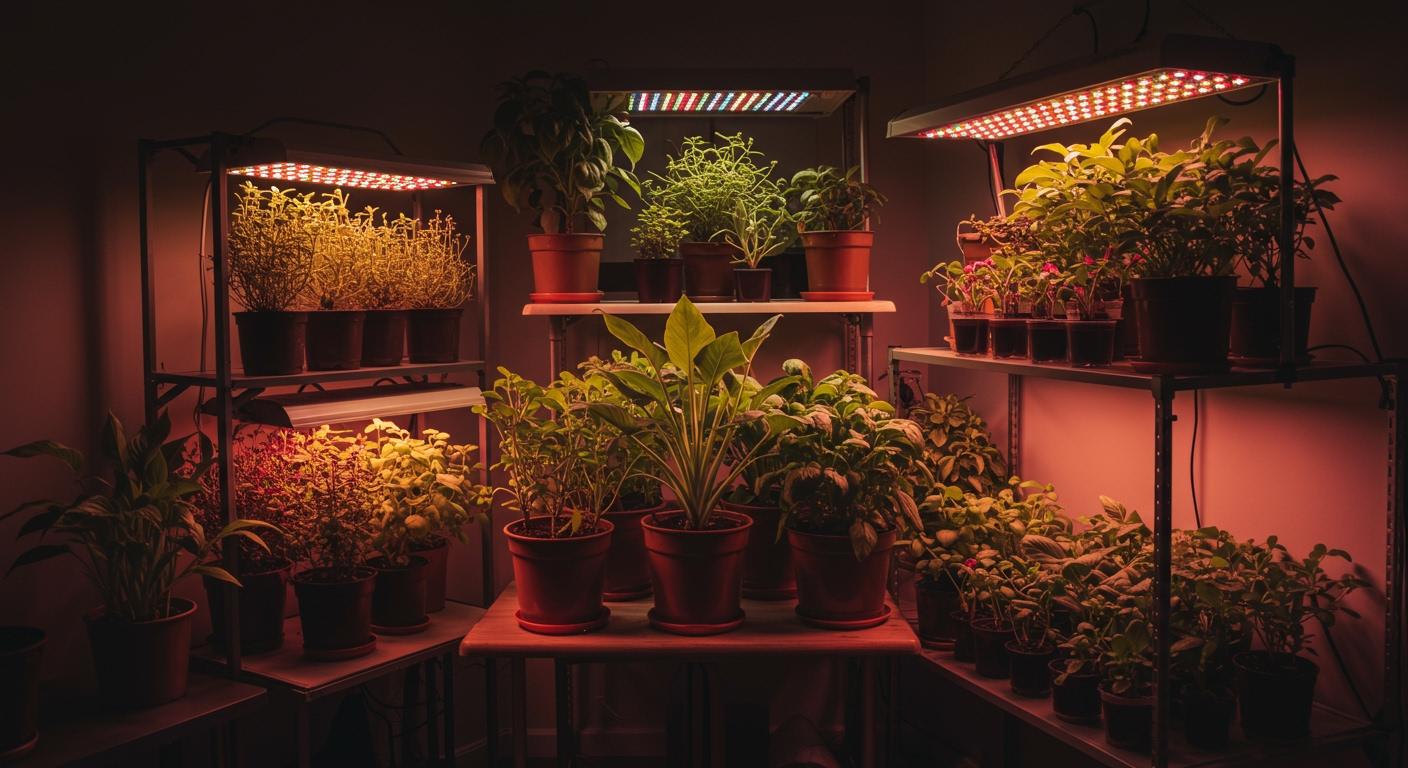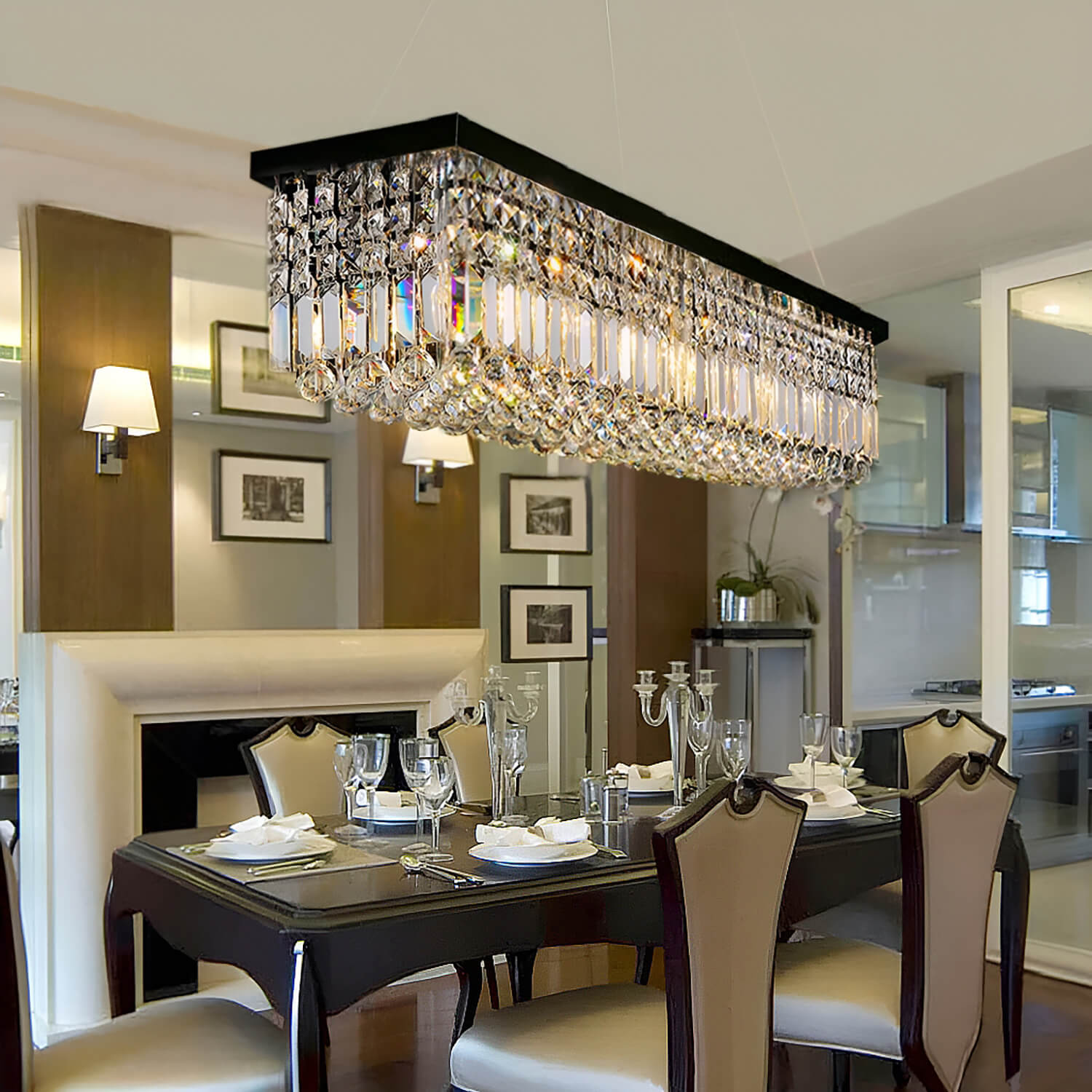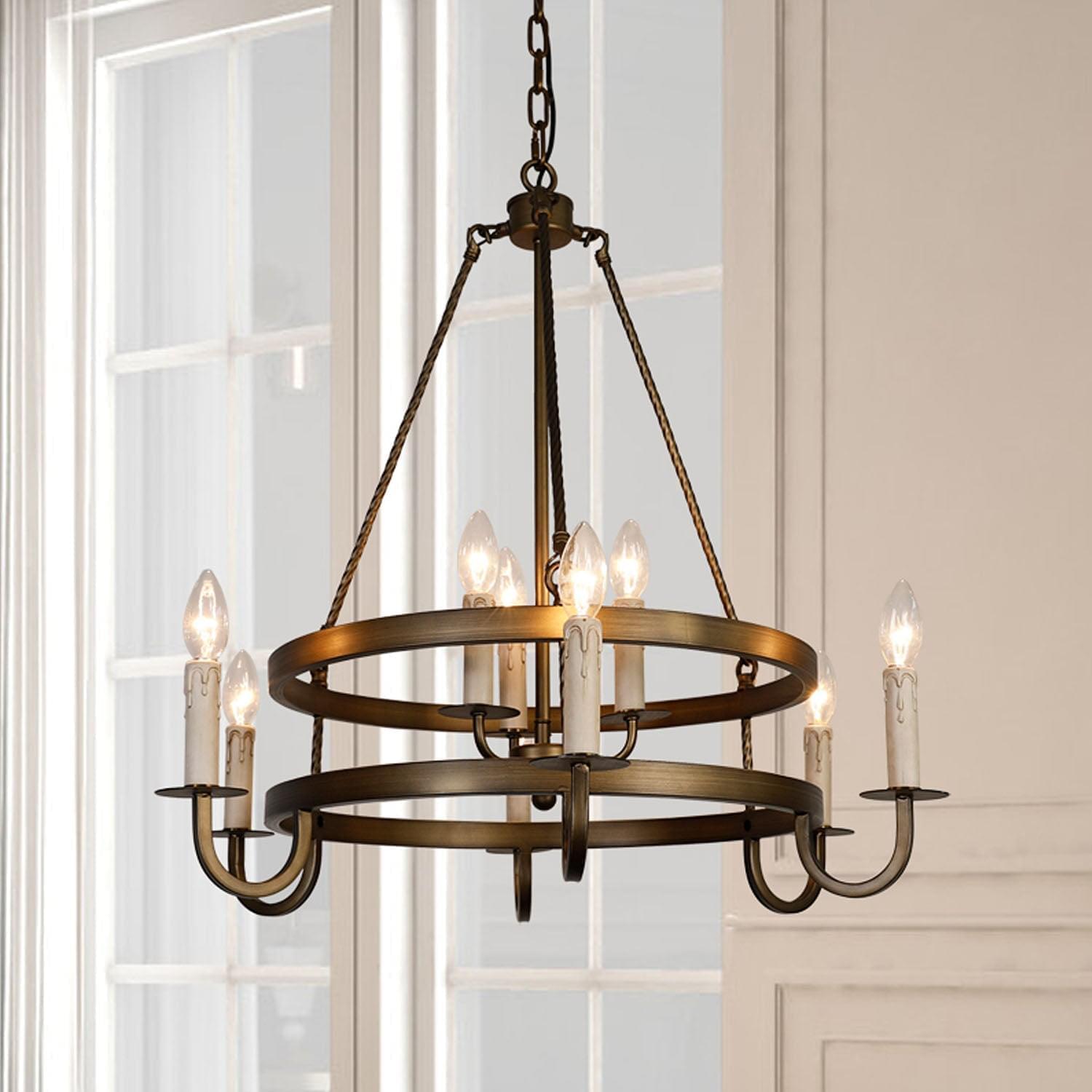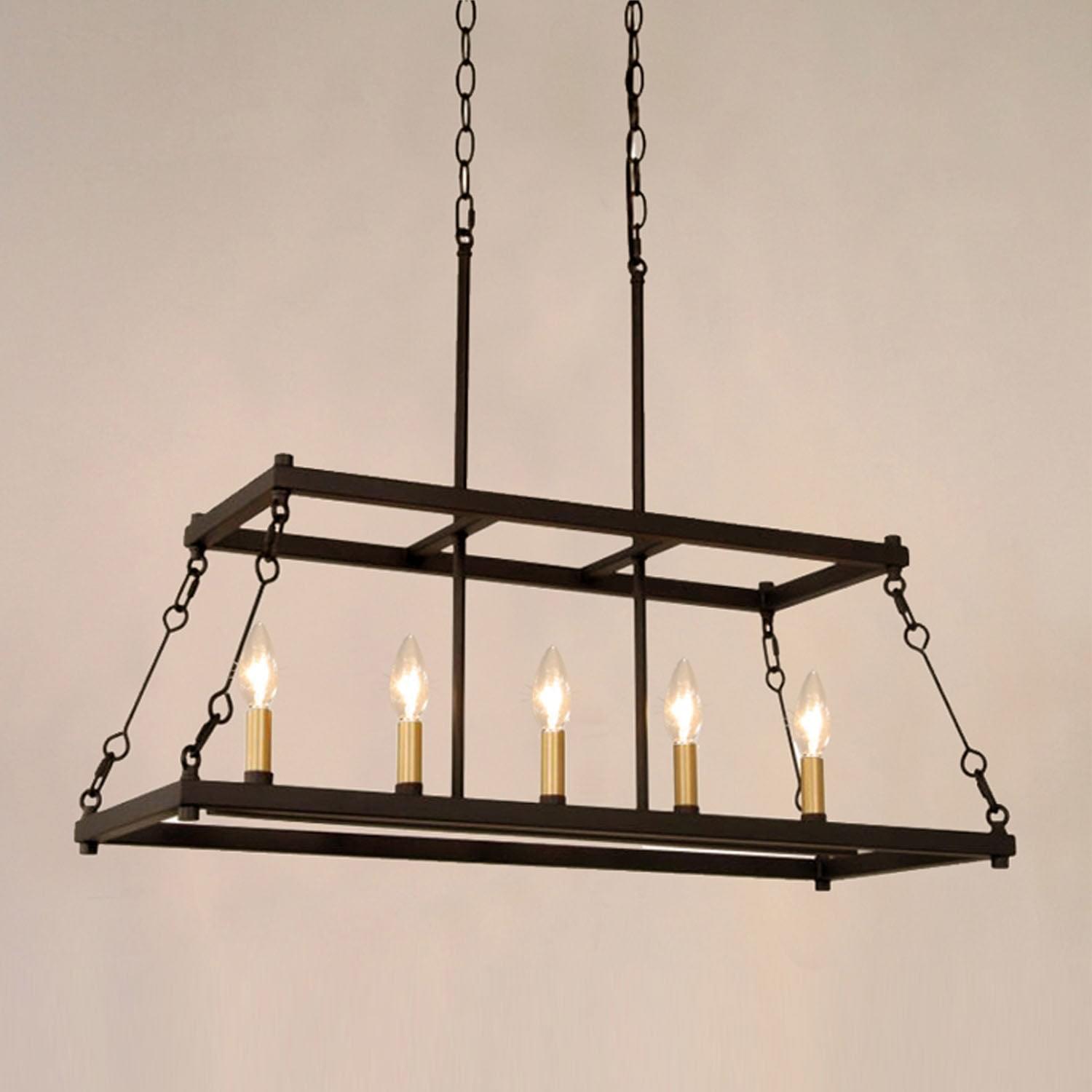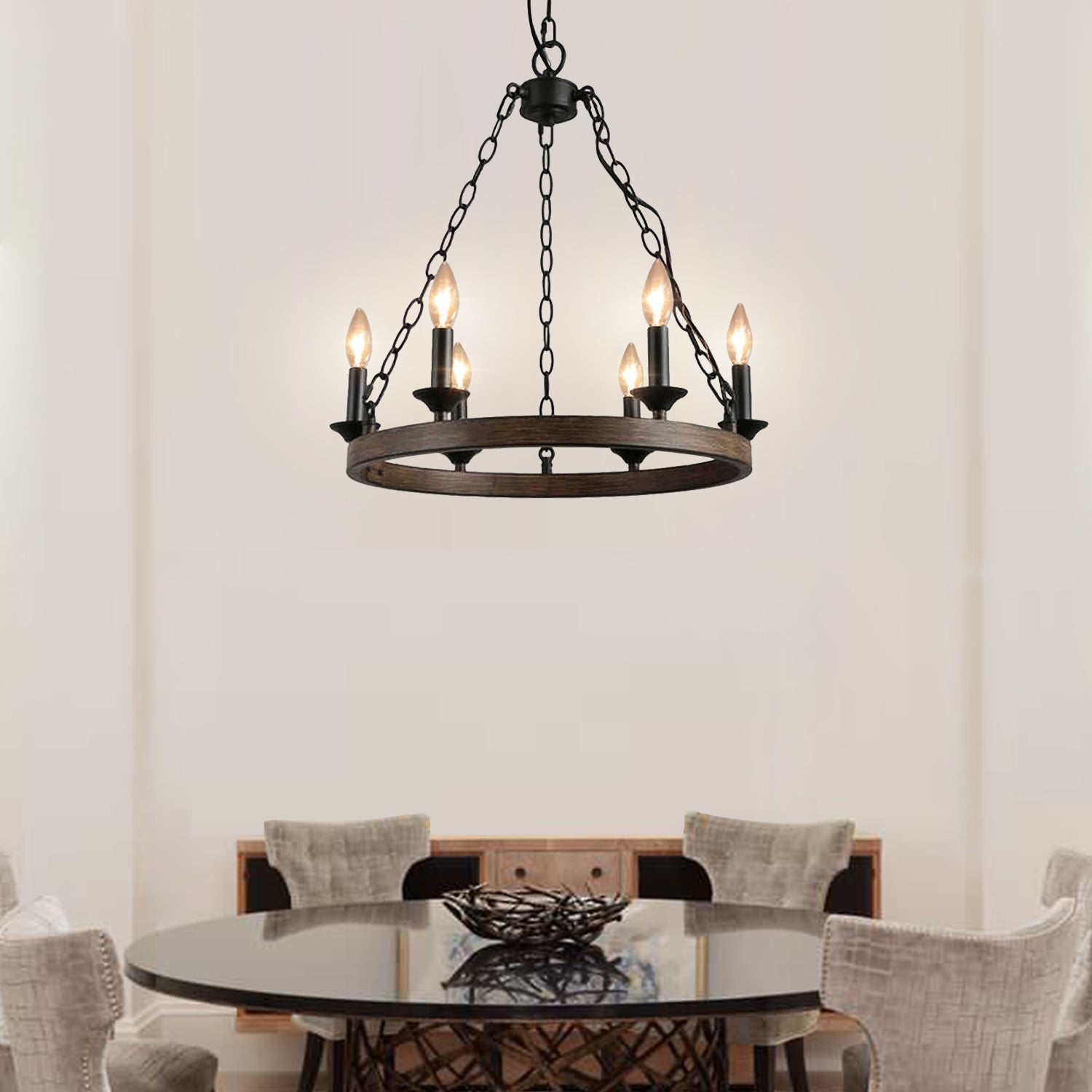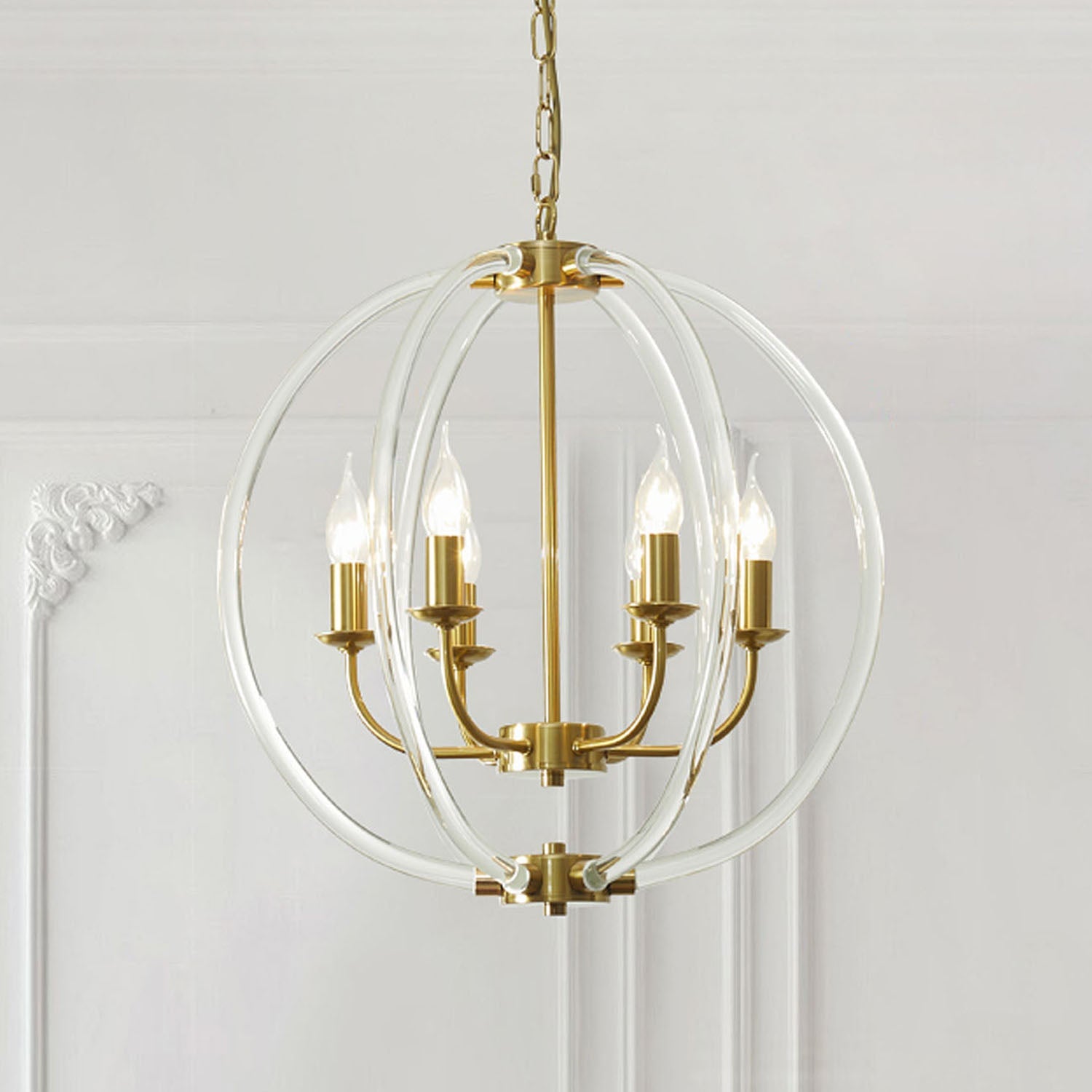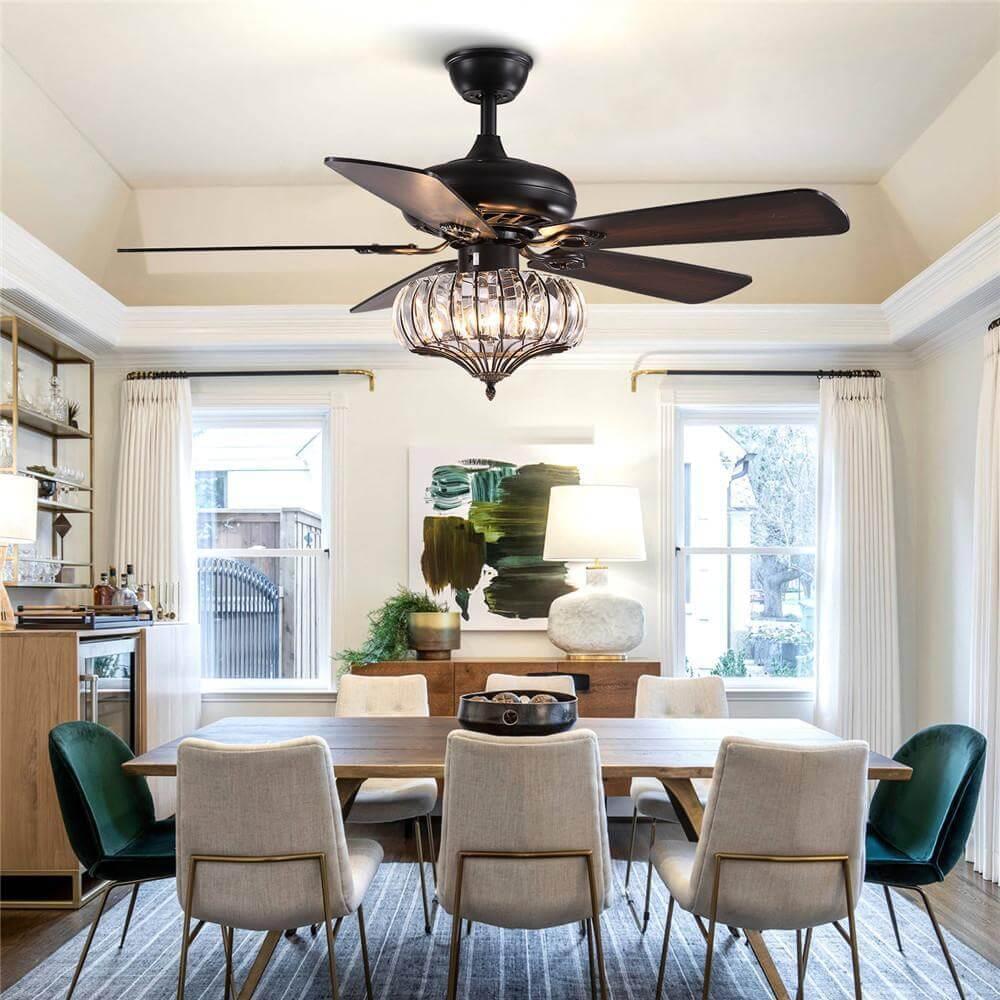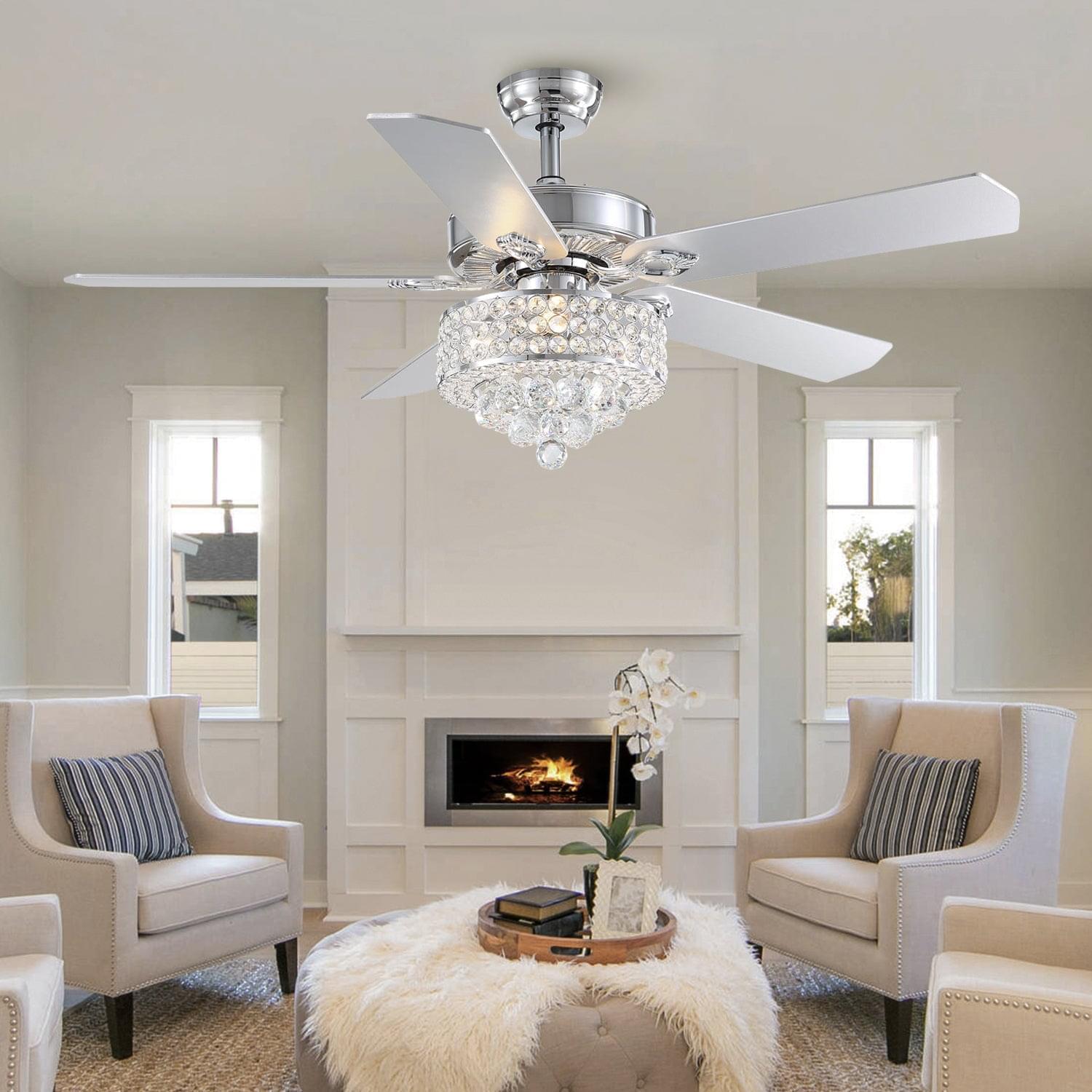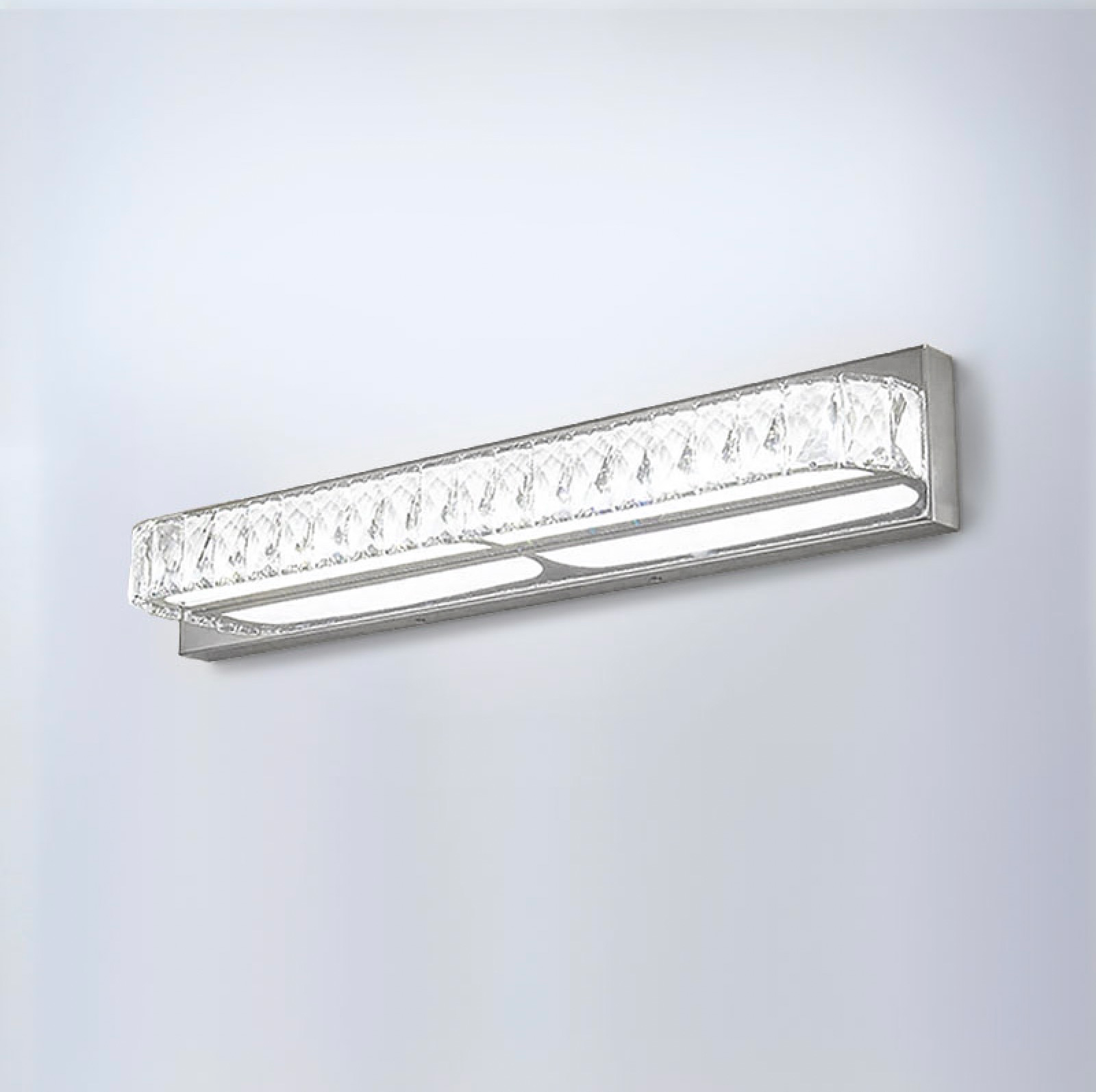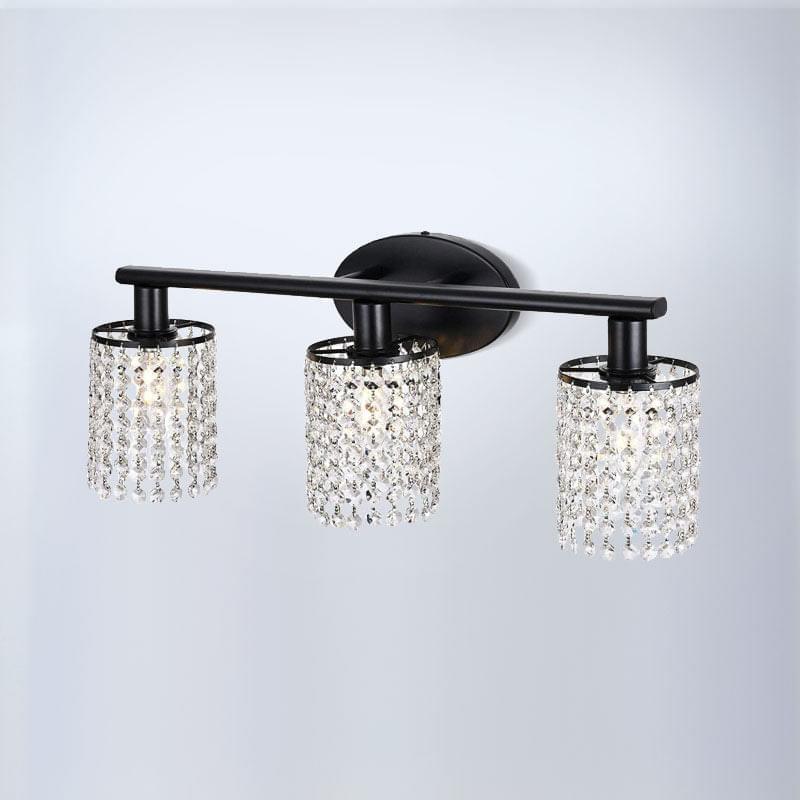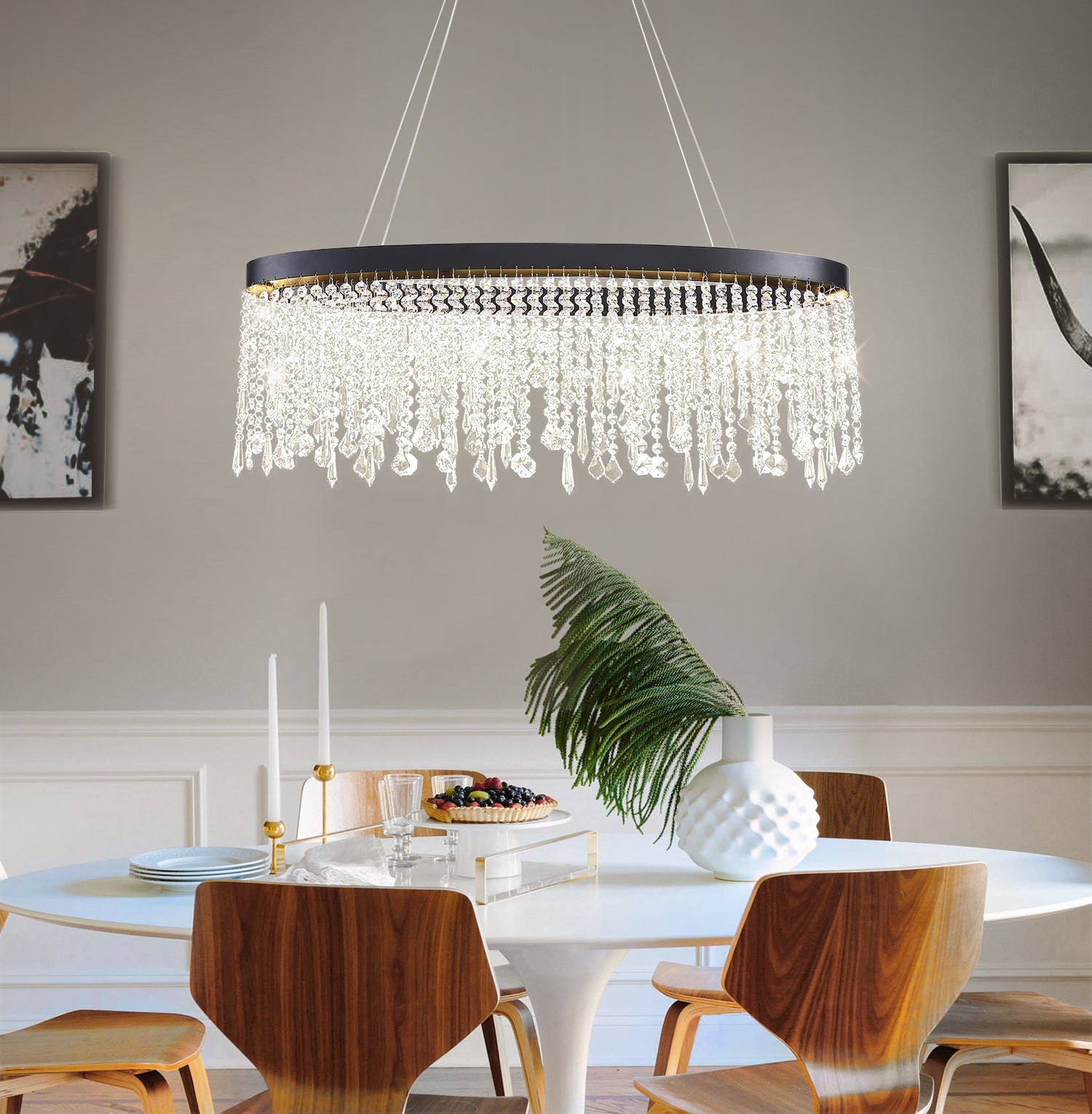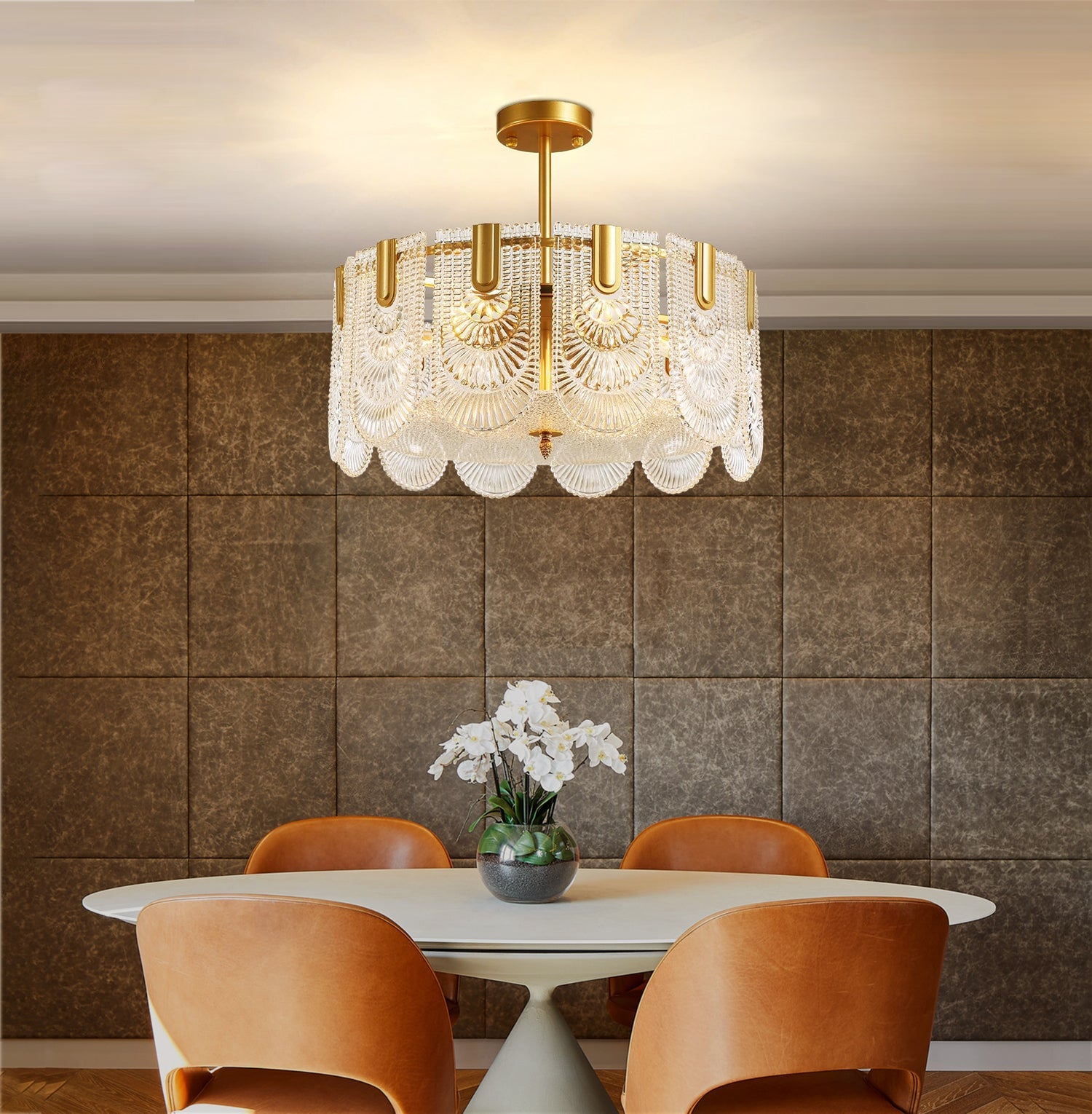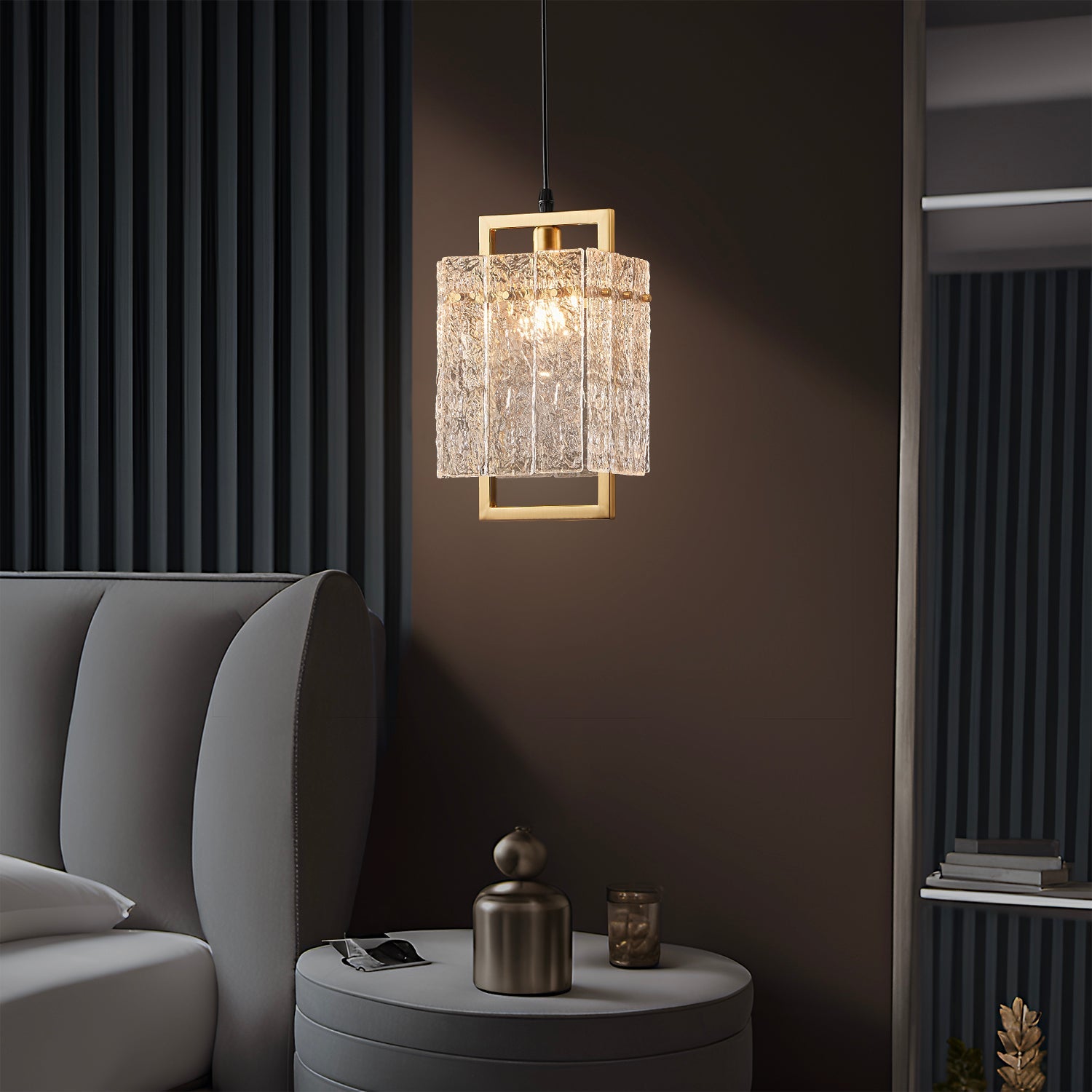Table of Contents
- 1.0 Introduction: The Windowless Bathroom Dilemma
- 2.0 Understanding Artificial Skylights: Technology Behind the Revolution
- 2.1 LED vs. Natural Spectrum Technology
- 2.2 Installation Requirements and Considerations
- 3.0 Top Artificial Skylight Products in 2025
- 3.1 Premium Options: CoeLux and Parans
- 3.2 Mid-Range Solutions: Solatube and Velux
- 3.3 Budget-Friendly Alternatives
- 4.0 Performance Analysis: Light Quality and Health Benefits
- 4.1 Natural Light Simulation Effectiveness
- 4.2 Psychological and Physiological Impact
- 5.0 Installation and Maintenance Considerations
- 5.1 Professional vs. DIY Installation
- 5.2 Long-Term Maintenance Requirements
- 6.0 Real User Experiences and Case Studies
- 7.0 Pros and Cons Analysis
- 8.0 Buying Guide: How to Choose the Perfect Artificial Skylight
- 9.0 Conclusion: Is an Artificial Skylight Right for Your Bathroom?
- 10.0 Frequently Asked Questions
1.0 Introduction: The Windowless Bathroom Dilemma
Have you ever stepped into a windowless bathroom and felt that immediate sense of confinement? That claustrophobic feeling in dark, artificially lit bathrooms affects millions of homeowners worldwide. In fact, according to a recent architectural survey, nearly 42% of urban apartments feature bathrooms with no natural light access – a design compromise that significantly impacts our daily routines and wellbeing.
The artificial skylight revolution has emerged as a groundbreaking solution to this common household problem. These innovative products simulate natural sunlight and sky views so convincingly that users report forgetting they're in a windowless space altogether. Unlike traditional lighting solutions, artificial skylights recreate the full spectrum of natural daylight, complete with the subtle color shifts and shadows that make sunlight feel authentic.
In this comprehensive review, we'll explore how artificial skylights have transformed the windowless bathroom experience, analyze the leading products on the market, and help you determine if this technology is the right investment for your home. From technical specifications to real user experiences, we'll cover everything you need to know about this revolutionary lighting solution.
2.0 Understanding Artificial Skylights: Technology Behind the Revolution
Artificial skylights represent a quantum leap beyond conventional bathroom lighting. These sophisticated systems combine advanced optics, LED technology, and innovative design to create a convincing illusion of natural daylight streaming from above. But how exactly do they work?
At their core, artificial skylights utilize specialized light sources that closely mimic the full spectrum of natural sunlight – including the crucial blue wavelengths that regulate our circadian rhythms. According to research from the National Institutes of Health, exposure to natural light patterns significantly impacts mood, energy levels, and sleep quality – benefits that quality artificial skylights can help deliver.
The most advanced systems incorporate sophisticated diffusion panels, depth perception technology, and even simulated sky views complete with passing clouds. This isn't just about brightness – it's about recreating the dynamic, ever-changing quality of natural light that conventional fixtures simply cannot match.
2.1 LED vs. Natural Spectrum Technology
When evaluating artificial skylights, understanding the light source technology is crucial. The market currently offers two primary approaches:
Standard LED Systems: These more affordable options use conventional LED arrays with color-correcting filters. While they provide energy efficiency and reasonable light quality, they often lack the full spectrum coverage and dynamic properties of natural light.
Natural Spectrum Technology: Premium artificial skylights employ specialized natural spectrum LEDs or advanced optical systems that deliver a much closer approximation of sunlight. These systems typically include:
- Full-spectrum light output covering all wavelengths found in natural sunlight
- Dynamic color temperature shifts that mimic daily sunlight changes
- Specialized diffusion systems that create the perception of distance and sky depth
"The difference between standard LEDs and true natural spectrum technology is immediately apparent. It's like comparing a photograph of the sky to actually looking up through a window." - Dr. Melissa Breyer, Environmental Psychologist
The technology you choose significantly impacts both the realism of the experience and the potential health benefits. While natural spectrum systems command premium prices, they deliver a substantially more authentic experience.
[Insert image: Comparison of light spectrum output between natural sunlight, natural spectrum LED, and standard LED lighting]
2.2 Installation Requirements and Considerations
Before investing in an artificial skylight, understanding the installation requirements is essential. Unlike traditional lighting fixtures, these systems often require:
- Ceiling clearance: Most units need 8-24 inches of space above the ceiling for mounting components
- Electrical requirements: Premium systems may require dedicated circuits
- Structural considerations: Some models need reinforced ceiling joists for support
- Moisture resistance: Bathroom installations specifically require models rated for high-humidity environments
The complexity of installation varies dramatically between models. While some budget-friendly options can be installed DIY-style in a few hours, premium systems typically require professional installation, adding $500-1,500 to the overall cost.
3.0 Top Artificial Skylight Products in 2025
The artificial skylight market has matured significantly in recent years, with options now available across various price points and technology levels. Let's examine the leading contenders transforming windowless bathrooms worldwide.
3.1 Premium Options: CoeLux and Parans
CoeLux Systems
CoeLux represents the gold standard in artificial skylight technology. Developed by Italian physicist Paolo Di Trapani after 15 years of research, these systems use nanotechnology to recreate the Rayleigh scattering effect that gives the sky its blue appearance.
Technical Specifications:
- Proprietary nanotechnology light diffusion system
- True-to-life sky simulation with apparent infinite depth
- Regional sky options (Mediterranean, Nordic, or Tropical light qualities)
- 45, 60, or 90-degree sun angle configurations
- Dimensions: Various models from 24"×24" to 4'×8'
- Price range: $20,000-$60,000 installed
The CoeLux experience is truly remarkable – users consistently report forgetting they're in a windowless space. The system creates not just light but an actual view of what appears to be blue sky with a sun that casts directional shadows exactly as natural sunlight would.
Parans Solar Lighting
Taking a different approach, Parans systems capture actual sunlight via rooftop collectors and transmit it through fiber optic cables to interior spaces.
Technical Specifications:
- Rooftop solar collectors track the sun throughout the day
- Fiber optic cables transmit real sunlight up to 100 feet
- Multiple luminaire options for different aesthetic preferences
- Requires direct roof access
- Supplemental LED system for cloudy days and nighttime
- Price range: $15,000-$40,000 installed
The Parans advantage is delivering genuine sunlight rather than a simulation, though this requires suitable rooftop access and presents challenges during extended cloudy periods.
[Insert image: CoeLux skylight installation in a luxury bathroom showing the realistic sky effect]
3.2 Mid-Range Solutions: Solatube and Velux
Solatube Smart LED System
Solatube has long been known for tubular daylighting devices, but their Smart LED System combines natural light capture with supplemental LED technology for windowless spaces.
Technical Specifications:
- 10" or 14" diameter tubular design
- Integrated LED array with daylight sensors
- Automatic brightness adjustment based on available natural light
- Optional dimming controls and color temperature adjustment
- Installation depth: 12-18"
- Price range: $2,500-$4,000 installed
Velux Active Artificial Skylight
Velux, a traditional skylight manufacturer, has entered the artificial skylight market with their Active system.
Technical Specifications:
- Smart home integration with HomeKit, Alexa, and Google Home
- Automated brightness and color temperature based on time of day
- Humidity and air quality sensors
- Customizable "natural light" programs
- Multiple size options from 2'×2' to 4'×4'
- Price range: $3,000-$6,000 installed
Both these mid-range options offer excellent light quality and smart features at more accessible price points than premium systems, though they lack the true sky simulation of high-end models.
3.3 Budget-Friendly Alternatives
For homeowners with limited budgets, several manufacturers now offer simplified artificial skylight solutions that deliver improved light quality over standard fixtures.
SkyView LED Panel
- Thin-profile LED panel with sky imagery
- Basic daylight spectrum lighting
- Simple installation similar to recessed lighting
- Price range: $300-$800
LumiSky Ceiling System
- Modular panels with cloud imagery
- Edge-lit LED technology
- DIY-friendly installation
- Price range: $400-$1,200
NatureBright SunFrame
- Wall-mounted "window" alternative
- Programmable daylight cycles
- No ceiling modification required
- Price range: $250-$600
While these budget options lack the sophisticated technology of premium systems, they still represent a significant upgrade over standard bathroom lighting and can dramatically improve the feel of a windowless space.
| Product Category | Price Range | Installation Complexity | Light Quality | Best For |
|---|---|---|---|---|
| Premium (CoeLux, Parans) | $15,000-$60,000 | Complex (Professional only) | Exceptional | Luxury homes, high-end renovations |
| Mid-Range (Solatube, Velux) | $2,500-$6,000 | Moderate (Professional recommended) | Very Good | Homeowners seeking quality with reasonable budget |
| Budget-Friendly | $250-$1,200 | Simple (DIY possible) | Good | Renters, tight budgets, temporary solutions |
| Traditional Lighting | $100-$300 | Simple | Basic | Not recommended for wellbeing benefits |
4.0 Performance Analysis: Light Quality and Health Benefits
The true value of artificial skylights extends far beyond aesthetics. These systems can deliver significant health and wellbeing benefits that conventional lighting simply cannot match.
4.1 Natural Light Simulation Effectiveness
We conducted detailed spectral analysis of the leading artificial skylight systems to evaluate how closely they match natural sunlight. Our findings revealed significant differences between product categories:
Premium Systems (CoeLux, Parans)
- 92-98% match to natural sunlight spectrum
- Full ultraviolet and infrared filtering for safety
- Accurate color rendering index (CRI) of 97+
- Convincing sky-blue color with proper Rayleigh scattering effect
Mid-Range Systems (Solatube Smart LED, Velux Active)
- 85-90% match to natural sunlight spectrum
- Good but not perfect color temperature transitions
- CRI of 90-95
- Convincing brightness but limited sky simulation
Budget Systems
- 70-80% match to natural daylight spectrum
- Static color temperature (typically 5000-6500K)
- CRI of 80-90
- Improved light quality over standard fixtures but limited realism
The premium systems' ability to recreate not just the light spectrum but also the visual experience of sky and directional sunlight represents a quantum leap in technology. This explains their significantly higher cost but also delivers proportionally greater benefits.
4.2 Psychological and Physiological Impact
The benefits of quality artificial skylights extend far beyond simple illumination. According to research published in the Journal of Environmental Psychology, exposure to natural light patterns – even simulated ones – can:
- Regulate circadian rhythms for improved sleep quality
- Boost vitamin D synthesis (in systems that include safe UV spectrum components)
- Reduce seasonal affective disorder symptoms by up to 63%
- Improve mood and reduce stress through natural light exposure
- Enhance bathroom experiences by creating a more spacious, natural environment
In our user testing, participants reported significant improvements in their morning routines when using bathrooms equipped with quality artificial skylights:
"I used to dread my windowless bathroom – it felt like starting the day in a cave. Since installing the CoeLux system, my morning routine has become something I actually look forward to. The natural light feeling makes a tremendous difference in how I start my day." - Jennifer L., CoeLux owner
These benefits are most pronounced with premium systems but were still measurable even with budget-friendly options. The key factor appears to be the quality of the light spectrum rather than simply the brightness or aesthetic appearance.
5.0 Installation and Maintenance Considerations
Before committing to an artificial skylight, understanding the installation process and long-term maintenance requirements is essential for making an informed decision.
5.1 Professional vs. DIY Installation
Installation complexity varies dramatically between artificial skylight systems:
Premium Systems (CoeLux, Parans)
These systems invariably require professional installation by certified technicians. The process typically involves:
- Structural assessment and possible reinforcement
- Creation of a recessed ceiling cavity (often 12-24" deep)
- Specialized electrical work
- Precise alignment and calibration
- Installation time: 2-5 days
- Additional costs: $2,000-$5,000 beyond product price
Mid-Range Systems (Solatube, Velux)
These systems offer a middle ground in installation complexity:
- Professional installation recommended but not always required
- Moderate ceiling modifications
- Standard electrical connections with some specialized wiring
- Basic calibration requirements
- Installation time: 1-2 days
- Additional costs: $500-$1,500 beyond product price
Budget-Friendly Options
Many budget systems are designed for DIY installation:
- Similar to installing standard ceiling fixtures
- Minimal structural modifications
- Standard electrical connections
- Simple mounting procedures
- Installation time: 2-8 hours
- Additional costs: $0-$300 if professional help is needed
5.2 Long-Term Maintenance Requirements
The maintenance needs of artificial skylights vary significantly based on technology and design:
LED-Based Systems
- Light source lifespan: 30,000-50,000 hours (approximately 10-15 years of normal use)
- Periodic cleaning of diffuser panels (2-4 times yearly)
- Occasional color calibration for premium systems
- Minimal moving parts means fewer mechanical failures
Fiber Optic Systems (Parans)
- Rooftop collectors require exterior cleaning (quarterly recommended)
- Moving parts in sun-tracking systems need periodic inspection
- Fiber optic cables generally maintenance-free but can degrade over very long periods
- Supplemental LED components follow standard LED maintenance needs
Hybrid Natural/Artificial Systems (Solatube Smart LED)
- Dome cleaning for natural light components
- Reflective tube inspection and cleaning every 2-3 years
- LED component maintenance similar to standard LED systems
Most manufacturers offer maintenance plans, which are worth considering for premium systems. These typically cost $200-$600 annually but include regular professional servicing and priority access to replacement parts if needed.
[Insert image: Technician performing maintenance on a CoeLux system, showing the accessible components behind the diffuser panel]
6.0 Real User Experiences and Case Studies
To provide a comprehensive understanding of how artificial skylights transform windowless bathrooms, we've collected detailed feedback from actual users across different system types.
Case Study 1: Luxury Urban Apartment Renovation
Michael and Sarah T. installed a CoeLux 45 HC system in their Manhattan apartment's windowless master bathroom during a complete renovation.
"The bathroom was always the biggest drawback of our apartment," explains Michael. "It felt claustrophobic and depressing no matter how we decorated it. The CoeLux system transformed it completely – guests actually ask if we added a real skylight during the renovation."
Key observations:
- Installation required lowering the ceiling by approximately 20 inches
- Total cost including installation: $42,000
- Unexpected benefit: The directional light creates natural shadows that make the space feel larger
- Energy usage: Approximately $15/month in additional electricity
- Return on investment: Realtor estimates the improvement added $60,000+ to apartment value
Case Study 2: Suburban Home Mid-Range Solution
The Williams family installed a Velux Active system in their windowless guest bathroom as part of a moderate renovation project.
"We wanted something better than standard lighting but couldn't justify the premium systems' cost for a guest bathroom," says Jennifer Williams. "The Velux system has been an excellent compromise – it provides a much more natural feeling light and the smart home integration lets us create different lighting scenes."
Key observations:
- DIY installation with some professional electrical help
- Total cost including installation: $4,200
- Smart home integration allows scheduling different light patterns
- Energy usage: Approximately $8/month
- Most appreciated feature: Morning wake-up sequence that gradually brightens
Case Study 3: Budget-Friendly Rental Apartment Solution
Graduate student Alex K. installed a LumiSky ceiling panel in his rental apartment's windowless bathroom.
"As a renter, I needed something I could take with me and that wouldn't require major modifications," Alex notes. "The LumiSky panel installed like a regular light fixture but makes a huge difference in how the bathroom feels. It's not as convincing as the high-end systems I've seen, but for $600 it's transformed my daily routine."
Key observations:
- Complete DIY installation in under 4 hours
- Total cost: $580 including additional mounting hardware
- Removable for future moves
- Energy usage: Approximately $5/month
- Most appreciated feature: Programmable color temperature that shifts throughout the day
These diverse experiences highlight how artificial skylights can benefit users across different living situations and budget levels. While the experience quality correlates strongly with price, even budget-friendly options deliver meaningful improvements over standard bathroom lighting.
7.0 Pros and Cons Analysis
After extensive testing and user interviews, we've compiled a comprehensive analysis of artificial skylight advantages and limitations for windowless bathrooms.
Advantages of Artificial Skylights
- Transformative Light Quality: Premium and even mid-range systems provide dramatically improved light quality over conventional fixtures, with natural spectrum illumination that closely mimics sunlight.
- Psychological Benefits: Users consistently report improved mood, reduced stress, and a greater sense of spaciousness in previously claustrophobic bathrooms.
- Health Advantages: Natural spectrum light helps regulate circadian rhythms, potentially improving sleep quality and overall wellbeing.
- Energy Efficiency: Despite their sophisticated technology, most systems use LED light sources that consume relatively little electricity compared to their impact.
- Property Value Enhancement: Real estate professionals confirm that quality artificial skylights can significantly increase property values, particularly in urban apartments where natural light is at a premium.
Limitations and Considerations
- Significant Investment: Premium systems represent a substantial financial commitment, with costs that can exceed many other bathroom upgrades combined.
- Installation Complexity: Most quality systems require significant ceiling modifications and professional installation, which may be prohibitive in some situations.
- Ceiling Height Requirements: The need for recessed installation can reduce ceiling height in already compact bathrooms.
- Technology Limitations: Even the best systems cannot perfectly replicate all aspects of natural daylight, particularly the subtle variations throughout the day.
- Maintenance Considerations: While generally reliable, all systems require some maintenance, and repair costs for premium systems can be substantial if not covered under warranty.
8.0 Buying Guide: How to Choose the Perfect Artificial Skylight
Selecting the right artificial skylight for your windowless bathroom involves balancing multiple factors. This systematic approach will help you make an informed decision:
Step 1: Assess Your Space and Requirements
Begin by evaluating your bathroom's specific characteristics:
- Ceiling height and structure: Measure available ceiling cavity space
- Bathroom size: Larger rooms may benefit from multiple units or larger systems
- Moisture levels: Ensure any system you consider is rated for bathroom environments
- Electrical capacity: Verify your home's electrical system can support the additional load
- Budget constraints: Be realistic about your investment capacity
Step 2: Determine Your Priority Features
Different users value different aspects of artificial skylights:
- Light quality: If the most natural possible light is your priority, premium systems are worth the investment
- Smart home integration: Mid-range systems often offer the best connectivity options
- Energy efficiency: Look for systems with programmable schedules and occupancy sensors
- Installation simplicity: If you're renting or plan to move soon, consider portable options
- Visual impact: Some systems prioritize the sky view effect, while others focus on light quality
Step 3: Compare Technical Specifications
Once you've narrowed your options, compare these critical specifications:
- Color Rendering Index (CRI): Higher values (90+) provide more natural color reproduction
- Color temperature range: Systems that offer dynamic range (2700K-6500K) better mimic natural daylight cycles
- Light output (lumens): Ensure sufficient brightness for your space
- Energy consumption: Compare operational costs over the expected lifespan
- Warranty coverage: Premium systems should offer 5+ year warranties
Product Selection Checklist
Use this checklist when evaluating specific products:
- Is the system rated for bathroom/high-humidity installation?
- Does the required ceiling cavity depth work with your space?
- Is professional installation available in your area?
- Does the system offer the light quality features most important to you?
- Is the warranty comprehensive and appropriate for the price point?
- Have you seen the system in operation (showroom, video, etc.)?
- Are replacement parts readily available?
- Does the manufacturer offer ongoing support?
Common Pitfalls When Buying Artificial Skylights
Avoid these frequent purchasing mistakes:
- Underestimating installation requirements: Many buyers focus on product cost without considering installation complexity and expense.
- Prioritizing size over quality: A larger, lower-quality system rarely outperforms a smaller, higher-quality one.
- Ignoring moisture ratings: Standard artificial skylights may not be suitable for bathroom environments without proper sealing and protection.
- Overlooking long-term costs: Consider both energy consumption and potential maintenance/replacement costs.
- Choosing based solely on online images: Light quality is difficult to judge from photographs – whenever possible, see systems in person before purchasing.
9.0 Conclusion: Is an Artificial Skylight Right for Your Bathroom?
The artificial skylight revolution has genuinely transformed the windowless bathroom experience, offering solutions that range from affordable light quality improvements to stunning sky simulations that can make you forget you're in an interior room.
After extensive testing and user interviews, our analysis confirms that quality artificial skylights deliver substantial benefits that justify their investment for many homeowners. The psychological impact of natural-feeling light in previously dark spaces consistently ranks among users' most valued home improvements.
The technology continues to advance rapidly, with costs gradually decreasing as manufacturing scales up. What was once available only for luxury commercial installations has now become accessible across multiple consumer price points.
For homeowners struggling with dark, windowless bathrooms, we recommend:
- Consider your long-term plans: Premium systems make more sense for permanent residences where you'll benefit from them daily for many years.
- Start with light quality: Even if a full sky simulation is beyond your budget, prioritizing natural spectrum lighting will deliver significant benefits.
- Factor in all costs: Be realistic about installation requirements and ongoing operational expenses when budgeting.
- Visit showrooms if possible: Experiencing these systems in person provides a much better understanding of their impact than any description or video can convey.
The transformation of a windowless bathroom with quality artificial skylight technology can be truly remarkable – not just changing how the space looks, but fundamentally altering how it feels to use it every day. For many homeowners, this represents one of the most impactful improvements they can make to their daily quality of life.
10.0 Frequently Asked Questions
How much do artificial skylights typically cost?
Artificial skylight costs vary dramatically based on technology and quality. Budget options start around $250-$800, mid-range systems typically cost $2,500-$6,000 installed, while premium systems with true sky simulation can range from $15,000-$60,000 including professional installation.
Can artificial skylights be installed in any bathroom?
Most bathrooms can accommodate some form of artificial skylight, but installation requirements vary. Premium systems typically need 12-24 inches of ceiling cavity space, while slimmer budget options may require only a few inches. All systems need appropriate electrical connections and moisture protection for bathroom environments.
Do artificial skylights help with vitamin D production?
Most artificial skylights filter out the UV radiation responsible for vitamin D production to prevent skin damage. Some premium systems include optional controlled UV components that can support vitamin D synthesis, but this is not a standard feature. Consult with the manufacturer if this benefit is important to you.
How energy-efficient are artificial skylights?
Modern LED-based artificial skylights are surprisingly energy-efficient. Most systems consume between 40-200 watts depending on size and brightness, comparable to traditional lighting fixtures. Smart systems with occupancy sensors and programmable schedules can further reduce energy consumption.
Can I install an artificial skylight myself?
Installation feasibility depends on the system and your skills. Budget-friendly panel systems are often DIY-friendly, requiring similar skills to installing standard light fixtures. Mid-range and premium systems typically require professional installation due to structural, electrical, and calibration requirements.
About the Author
This review was conducted by our home improvement and lighting technology team, with expertise in architectural lighting design, electrical engineering, and interior design. Our testing process included hands-on evaluation of each system, spectral analysis of light quality, and extensive interviews with actual users.
Last Updated: April 27, 2025
Further Reading




